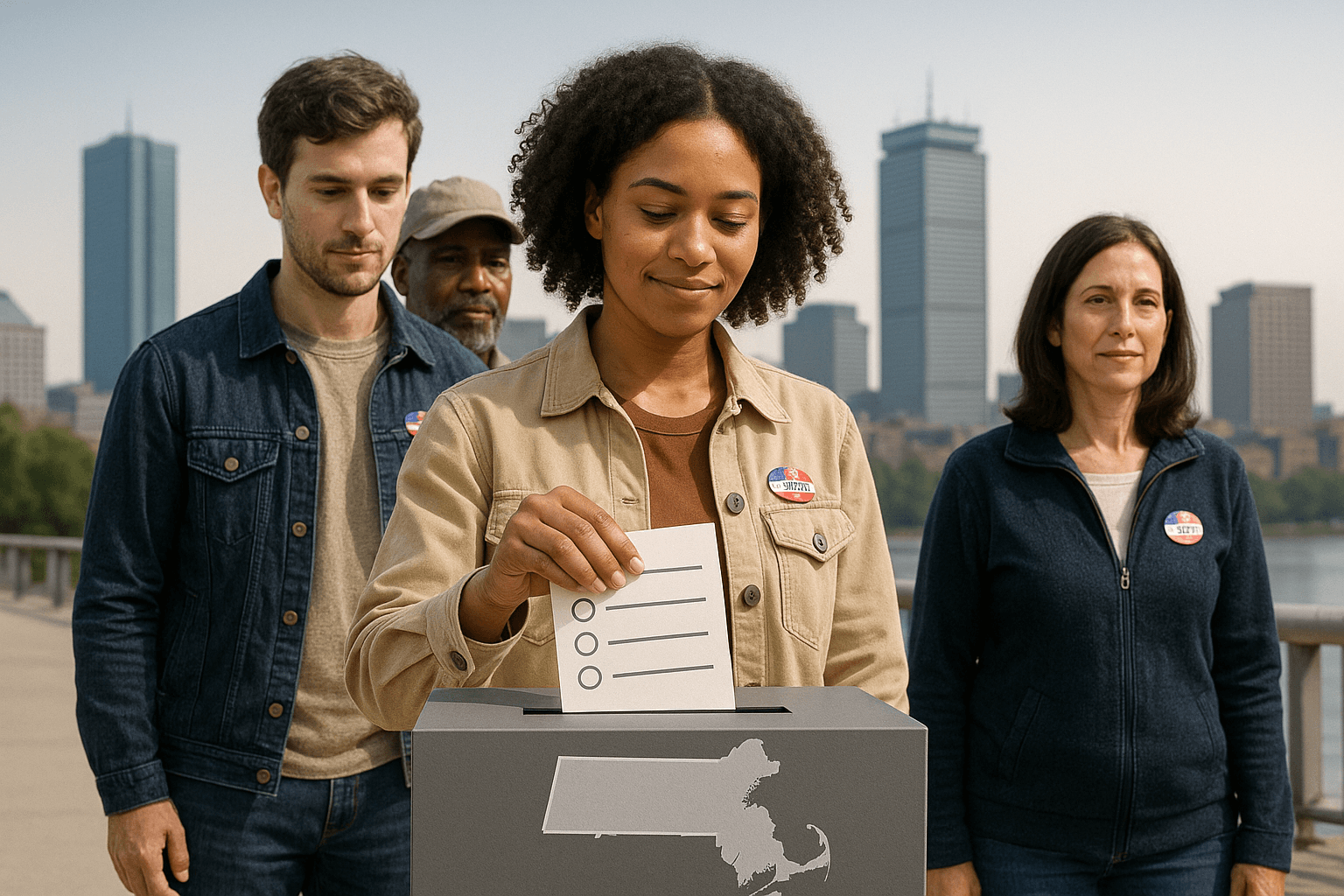Top-Two Primary: It’s About Accountability Stupid

In 2010, California became the second state to adopt a nonpartisan, “Top-Two” primary, where all candidates and voters participate on the same ballot.
There’s a common misconception about the purpose of the Top-Two primary that infects nearly every commentator, political scientist, and other so-called election expert: that Top-Two is intended to produce moderation.
Rarely do these folks ever consider that the purpose behind Top-Two might be more fundamental and less focused on a particular outcome: that representatives should be accountable to people instead of parties.
It is almost universally accepted and recognized that partisanship has infected our political discourse and reduced our electoral system to a game of Democrats v. Republicans. Pollsters and consultants work together to divide the electorate between superficial red and blue teams and take it as an axiom that everyone who doesn’t wear a particular jersey has one hiding in their closet.
As a consequence, the same folks that pontificate over our political permutations see the Top-Two primary through the glasses of this same partisan perspective. Therefore, their mode of measuring the merits of Top-Two matriculates toward assessing its moderating effect; where its “success” depends on bridging a gap between two “sides” of the electoral game played by Democrats and Republicans.But what if representatives are supposed to represent people, and not parties?
What if a candidate didn’t have to first be rubber-stamped by a private political organization before they had the privilege of running in our public elections?
What if a bill could just be practical, and not merely Republican, Democrat, or “somewhere in the middle”?
What if some voters are “left” of the Democrats on some issues, and “right” of the Republicans on others?
What if the right to vote derived from the right of every individual to participate equally, regardless of their ideology, race, gender, favorite pizza toppings, or willingness to join a political party?
And what if the Top-Two primary was about making sure representatives are accountable to their entire district, and not just their party, or the so-called “moderate middle”?



